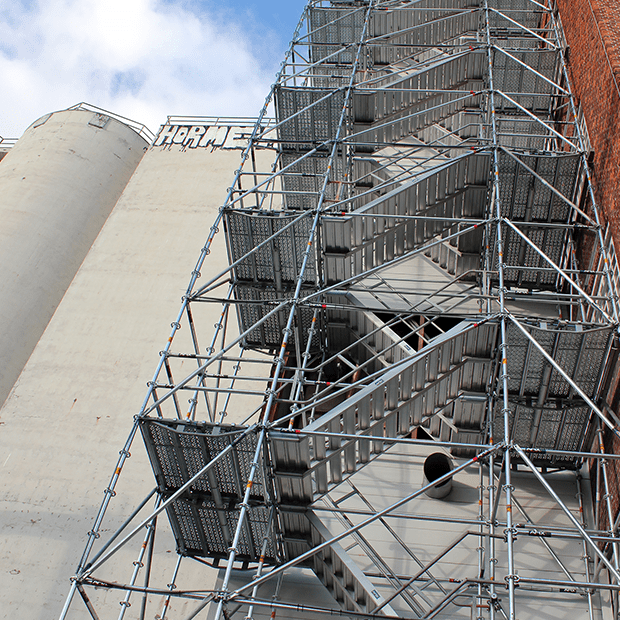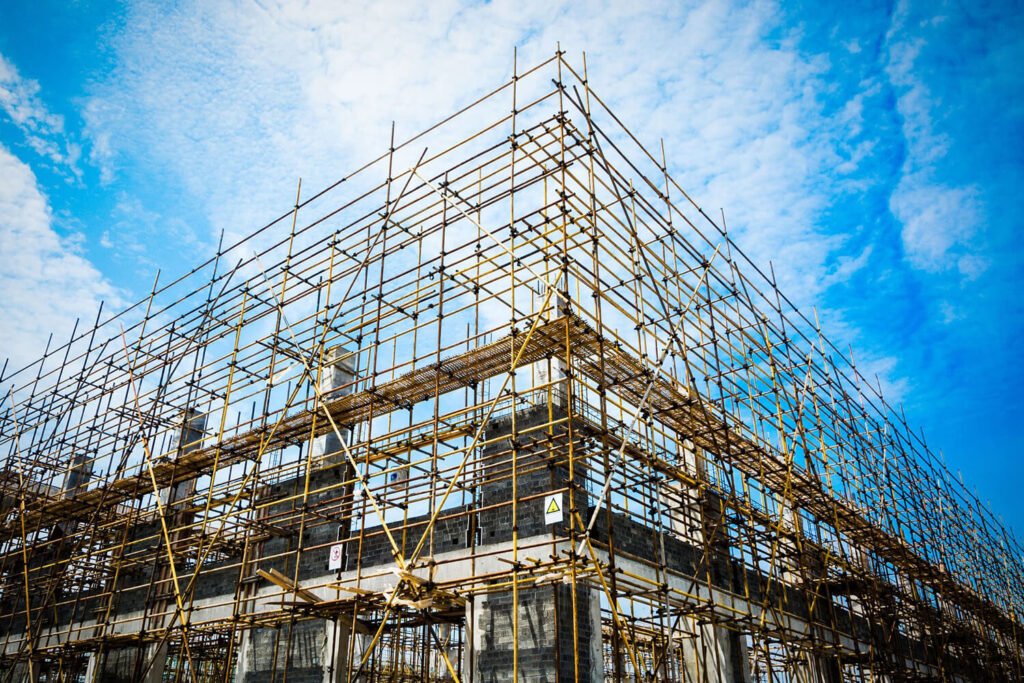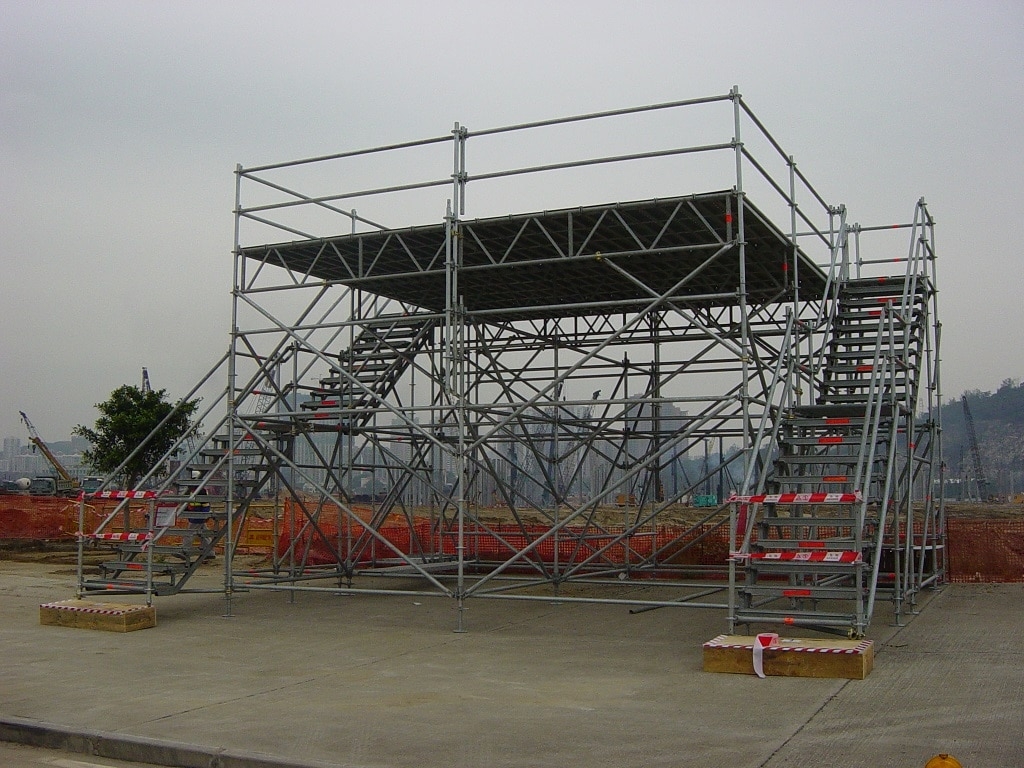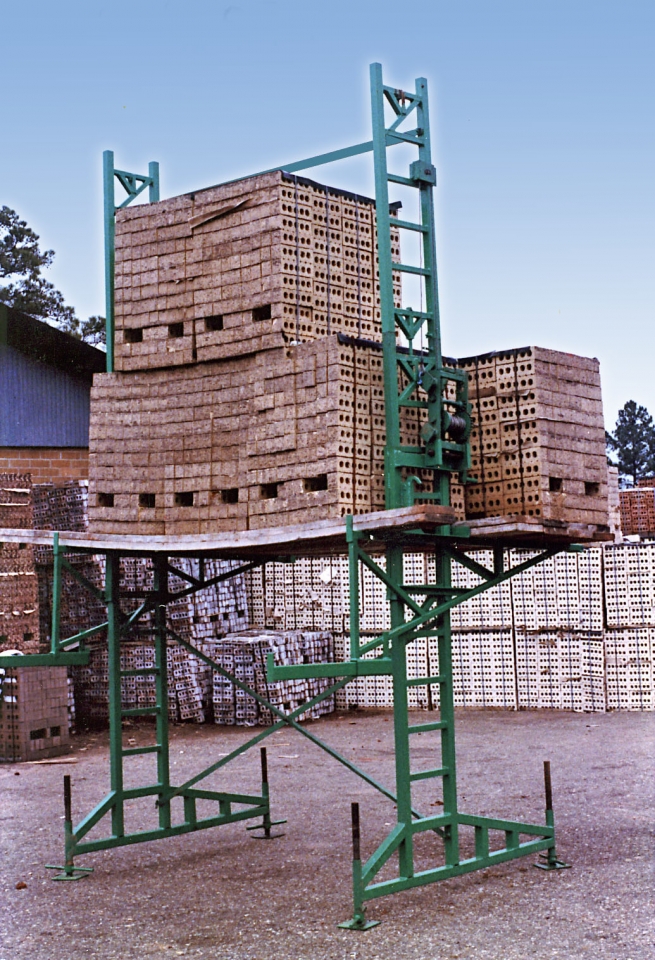Temporary Roof Scaffolding Experts Providing Secure and Reliable Installations
Temporary Roof Scaffolding Experts Providing Secure and Reliable Installations
Blog Article
Checking Out the Different Sorts Of Scaffolding Made Use Of in Building And Construction Tasks
The building sector relies greatly on various kinds of scaffolding to fulfill specific project needs, each offering unique advantages and applications. Traditional structure scaffolding provides a tough structure for basic jobs, while put on hold scaffolding is necessary for work with skyscraper structures. Other alternatives, such as system and rolling scaffolding, deal with efficiency and flexibility, respectively. The cantilever alternative proves vital in urban settings where space is constricted. Recognizing the subtleties of these scaffolding types is crucial for maximizing security and performance on building and construction sites, triggering a closer assessment of their unique attributes and applications.

Standard Framework Scaffolding
Traditional framework scaffolding is among one of the most extensively made use of methods in the building sector due to its robustness and versatility. This system includes vertical and horizontal frameworks that are assembled to produce a secure platform for products and workers. The major components consist of upright posts, straight ledgers, and angled braces, which together supply a solid framework that can sustain considerable loads.
One of the crucial benefits of traditional framework scaffolding is its versatility to various building tasks, varying from property buildings to big industrial frameworks. The modular style enables easy assembly and disassembly, making it efficient for both long-lasting and temporary jobs. In addition, the system can be customized in height and width, accommodating various structure layouts and website problems.
Safety is vital in scaffolding applications, and typical structure systems are geared up with guardrails and toe boards to avoid falls and make certain worker defense. Furthermore, normal examinations and adherence to security guidelines are important in preserving the honesty of the scaffold. On the whole, typical frame scaffolding stays a fundamental choice in the construction industry, providing a reliable platform for labor and boosting total task effectiveness

Suspended Scaffolding
Suspended scaffolding offers an one-of-a-kind option for construction tasks that need access to elevated surface areas, specifically in situations where traditional structure scaffolding may be impractical. This kind of scaffolding is usually suspended from the roofing system or upper levels of a structure, making use of a system of platforms, pulleys, and ropes to produce a functioning room that can be adapted to numerous heights.
One of the main advantages of put on hold scaffolding is its flexibility. It can be easily repositioned or lowered to fit adjustments in construction requirements, making it perfect for jobs such as home window installment, façade job, and upkeep on skyscraper buildings. Furthermore, the marginal impact of suspended scaffolding permits for better use ground area in metropolitan settings, where area is frequently restricted.
Safety is a crucial consideration in the usage of suspended scaffolding. Overall, put on hold scaffolding provides a effective and reliable solution for accessing hard-to-reach locations in numerous building scenarios, boosting both performance and security on site.
System Scaffolding
System scaffolding, often considered a contemporary service in the scaffolding sector, consists of pre-engineered elements that can be swiftly put together and adjusted for different building and construction jobs. Scaffolding. This type of scaffolding is identified by its modular design, which visit this site right here enables convenience and efficiency on job websites, suiting architectural requirements and different heights
Usually made from high-strength steel or aluminum, system scaffolding provides boosted longevity and security. The components consist of upright messages, straight ledgers, and diagonal dental braces, which adjoin securely, making sure a robust framework. The style often includes standardized fittings, streamlining assembly and disassembly procedures, thus minimizing labor time and costs.

Rolling Scaffolding
Moving scaffolding is a versatile option to typical fixed scaffolding, developed for mobility and convenience of usage on building and construction websites. This type of scaffolding includes a platform supported by frames with wheels, permitting workers to his comment is here quickly transfer it as needed. The mobility function significantly enhances efficiency, as it minimizes downtime connected with dismantling and setting up fixed scaffolding.
Typically built from light-weight products such as light weight aluminum or steel, rolling scaffolding uses a tough yet mobile solution for jobs requiring constant repositioning - Scaffolding. It is particularly advantageous in jobs such as painting, drywall installation, and electrical work, where access to different heights and places is necessary
Safety and security is critical in rolling scaffolding layout, with features such as locking wheels to stop unintentional motion when in operation, and guardrails to safeguard employees from drops. Furthermore, lots of designs are adjustable in height, suiting various job requirements.
Cantilever Scaffolding

The layout of cantilever scaffolding commonly entails making use of braces or arms secured to a building or structure, making it possible for the system to prolong outside securely. Safety is paramount; therefore, these scaffolds should be crafted to stand up to various lots and ecological problems. Routine evaluation and upkeep are necessary to make sure architectural stability and worker safety and security.
Cantilever scaffolding is preferred for its adaptability and reliable usage of room, making it a popular choice in metropolitan environments where space restraints prevail. It helps with less complicated accessibility to high elevations, inevitably adding to the general effectiveness of building and construction jobs. Just like all scaffolding types, appropriate training and adherence to safety and security standards are essential for workers using cantilever scaffolding.
Verdict
Finally, the varied sorts of scaffolding used in building jobs each serve distinct purposes tailored to specific website requirements. Typical structure scaffolding offers stability, while put on hold scaffolding provides versatility for elevated jobs. System scaffolding helps with quick assembly, and rolling scaffolding enhances mobility for varying work atmospheres. Cantilever scaffolding successfully attends to barriers in urban settings. Understanding these scaffolding kinds is essential for enhancing security and efficiency in building, ultimately adding to the successful conclusion of tasks.
Traditional structure scaffolding supplies a durable structure for basic tasks, while put on hold scaffolding is crucial for work on high-rise structures.Moving scaffolding is a versatile choice to standard fixed scaffolding, designed visit this site for flexibility and simplicity of use on building and construction websites. As with all scaffolding types, correct training and adherence to security criteria are crucial for workers making use of cantilever scaffolding.
Standard frame scaffolding supplies security, while suspended scaffolding offers convenience for elevated jobs. System scaffolding promotes quick setting up, and rolling scaffolding enhances flexibility for varying work environments.
Report this page